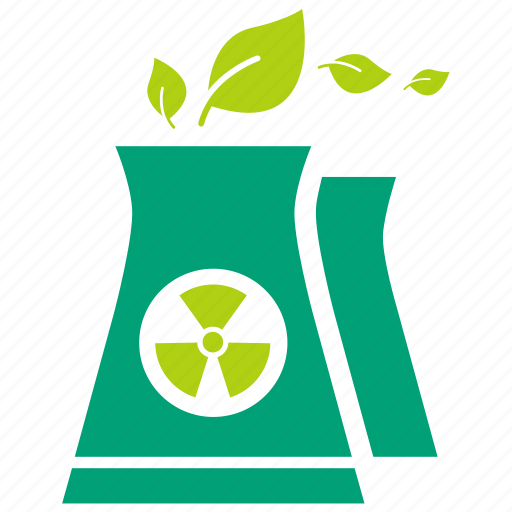There is an increasing willingness to consider investing in new nuclear projects - but issues remain around the lengthy investment timelines and perceived regulatory risks, a panel at World Nuclear Symposium heard.
The panel Capitalising on Interest - Mobilising finance to accelerate deployment, heard from Vicki Kalb, Global Head of ESG and Sustainability Research at UBS, that until recently “we would not have been able to have a conversation with investors about nuclear … literally we would have been laughed out of the room and that was particularly true of the ESG investor community. But that radically changed a couple of years ago.”
She said that the concerns people had with nuclear investment - issues such as waste or the long-term investment danger - issues which stopped them from engaging with nuclear investments changed in 2022 with events in Ukraine and the European Union’s inclusion of nuclear in its green taxonomy, with the energy security case growing since then, as well as the “dawning realisation” of the scale of electricity demand growth required - “on steroids” this year as a result of the requirements of data centres and artificial intelligence “which really focused investor attention on that problem”.
“In the past it was very common for institutional investor to have an exclusionary policy around nuclear energy - that has definitely changed,” she added.
Seb Henbest, Group Head of Climate Transition, HSBC, said that all international banks had net-zero targets and were positioned to support transition and although there were differences “there’s a clear recognition that there’s a role”. He said that there were traditional concerns about safety, environment and proliferation issues, but, as with financing any other large-scale energy infrastructure, the banking teams are wanting to see “really strong offtake partners, public or private, solid credit ratings”. He said cost and timeline overruns add to the capital costs so “the appetite might be there, but to get capital to flow” it was important to instill confidence “that these are good projects that won’t burn us, that we can manage and distribute that debt over time”.
He said that nuclear’s recognised role in meeting net-zero meant the reputational risk of nuclear projects was much lower than it had been in the past, but regulatory risks remained - “long projects, long lifetimes, long commitments, today it looks great, but what about tomorrow?”.
Kalb added that when they speak to investors they want to know about their returns profile “on the investment, so much of it comes down to the length of time it’s outside the typical institutional investor’s window - ‘and these projects just are taking too long’, that is the issue that keeps coming back … ‘how can I invest in this and see a return within my window’”.
It was a point picked up at a later session at the last day of World Nuclear Symposium event in London, with Ed Cook, Global Head of Capital Markets, BlackRock, noting that with nuclear power plant construction and operation covering 40 or more years, it was mainly pension or insurance funds which could operate with such long investment/return timeframes.
Cosmin Ghita, CEO of Romania’s nuclear operator Nuclearelectrica, said that there was a great opportunity for greater public-private partnership, especially in the regulatory area to decide “what flavour of regulation you bring in to be able manage nuclear risks accordingly to what they really are, and enable construction”. He added that the recognition of nuclear’s role internationally had changed the conversation, including in Europe where “we can say ‘nuclear’ out loud in the commission and not be afraid of it”.
He said that nuclear power plant operators collaborate well on safety, citing the work of World Association of Nuclear Operators, and he suggested “maybe there’s a way to expand that to build outs?”.
Henbest said that while nuclear was now in green taxonomies that achievement still “paled in comparison” with other financial challenges which need to be overcome, saying that new renewable capacity was cheaper and produced returns more quickly than nuclear. He suggested that the focus could be on specific uses of nuclear energy - “nuclear for tech … nuclear for heavy industry decarbonisation”.
Kim Lauritsen, Senior Vice President Enterprise Strategy & Energy Markets, Ontario Power Generation, outlined the new nuclear on the way in Canada and said they had utilised a variety of investment sources, including green bonds. She also highlighted the importance of public pre-development finance - and cautioned against direct comparison of MWh costs between renewable energy and nuclear, because account had to be taken of the need for a reliable baseload.
Kalb added that from an investor’s point of view renewables can scale, “is fantastic technology, cheap and it is quick” but she added that there was an “intermitancy problem”, the scale of construction grid development. She added: “The quality of one unit of nuclear versus one unit of anything else is far superior.”
Ghita said that with new technologies, government support would be needed especially for the first-of-a-kind projects, likening it to government support for solar panels that drove demand, and led to large-scale order books that brought the cost down and also the need for such subsidies.
Henbest, picking up on the point about solar panels, said that the promise of SMRs was that they would also be able to have large elements of modular manufacturing processes and “tap into learning rates” as a result of manufacturing volume. “The way financing works with series build is that we know the first one is going to be expensive, but if you do it well and do it right, the next one gets cheaper, the one after that cheaper”, so the challenge is to get the big order books.

